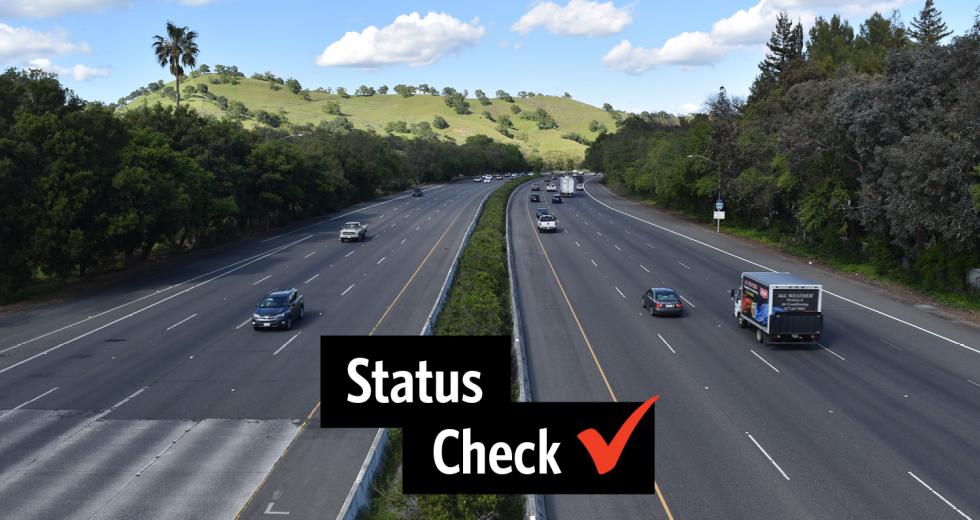Harry Price got an unusual call from a friend recently.
Price, the mayor of Fairfield, has been involved in local politics for more than 30 years, as his city’s population has grown by about 50 percent. Fairfield has also become home to one of the more brutal commutes in the western United States, with residents heading west each day on Interstate 80 to jobs in San Francisco, Oakland and other parts of the Bay Area.
Click here for more coronavirus coverage
But with the coronavirus having brought life in California nearly to a standstill, this call was different, Price says. “(In early April), a friend called and he said, ‘Hey Harry, I made it from my home in Fairfield to downtown San Francisco in 37 minutes,’” Price says.
That stark contrast from a commute that used to take about two hours might help make for a trickier sell for a project Price and other local leaders have long been advocating. Price, Vacaville Mayor Ron Rowlett and the Solano Transportation Authority are seeking $123 million in funding from the California Transportation Commission toward a $230 million project to widen 10 miles of I-80 and add managed lanes (reserved lanes that drivers can pay a toll to use) between Air Base Parkway in Fairfield and Interstate 505 near Vacaville’s eastern limits.
In normal times, this can be a nightmare stretch of road, with Rowlett saying commuters average 70 hours a year just traversing these 10 miles. “Most of the time, if anyone is driving up and down I-80, they know that you’re going to spend a lot of commute hours,” Rowlett says.
There are other byproducts of nightmare traffic, with Comstock’s previously reporting on a proposed connector between Elk Grove and El Dorado Hills to address how highway congestion had unintentionally diverted motorists onto city streets not designed for that kind of travel (“Making Connections,” January 2020.)
This kind of thing happens in Fairfield, too, with Price saying another friend from the South Bay used to kid him about it. “He said, ‘Well, I think you planned this so this congestion would drive people off the freeway and into your downtown areas and shop (areas),’” Price says.
There could be some hurdles for this project, though. Janet Adams, deputy executive director for STA, says the project is designed and her group is pursuing construction funding. A 30-page application for grant funding through Senate Bill 1, via the California Transportation Commission, was tentatively due in June, though commission staff recently recommended pushing the deadline to Nov. 12 due to COVID-19.
Adams says there are two major programs through SB 1. She expects the first, known as Solutions for Congested Corridors, with legislation that specifies $250 million annually for highway projects, will remain fully funded. She’s less clear on what will happen with SB 1’s Trade Corridor Enhancement Program, which doesn’t have a set minimum.
Both pots of money from the California Transportation Commission are critical for the STA to begin construction next year, which Adams estimates would take 2-3 years to complete. “If we don’t get the $123 million, then we would not begin construction,” Adams says.
Adams says she and other stakeholders met Feb. 7 with California State Transportation Agency Secretary David Kim and thought it went well. There haven’t been any meetings with Kim since, with Goddard referring questions to Caltrans on how COVID-19 might affect funding.
A broader question relates to the long-term impacts the pandemic might have on the nature of work. STA Executive Director Daryl Halls says it’s still too early to know the full impacts, but he notes that transit numbers have been significantly down since California’s shelter-in-place order went into effect: 98 percent for a ferry between Vallejo to San Francisco; about 95 percent for the Capitol Corridor railway; and 75-85 percent for an express bus system between Sacramento and Bay Area Rapid Transit stations.
While Halls thinks telecommuting will “for sure” increase, he sees fewer people who eventually return to workplaces using ride-sharing or public transit. Driving alone, he says, is a form of social-distancing. “If you’re just taking the typical worker going to work, what’s going to be the safest way to get back to work?” Halls says. “If you can’t telecommute — that’s the safest — it’s drive your car by yourself.”
–
Stay up to date on the effects of the coronavirus on people and business in the Capital Region: Subscribe to the Comstock’s newsletter today.
Recommended For You
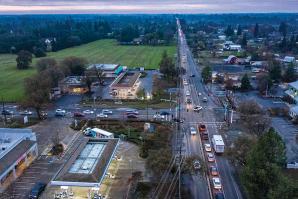
Making Connections
As more people move farther out, options are in the works to ease their commutes
Stitching together rural and suburban areas from near the Delta to the foothills, Grant Line Road and White Rock Road connect the area’s past and future.
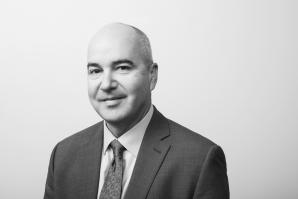
A City’s Growth Spurt
City of Lincoln Economic Development Manager Shawn Tillman on growing business and revitalizing downtown
Economic Development Manager for the City of Lincoln Shawn Tillman discusses growth, industry and foreign trade.
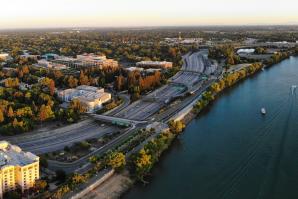
Booms and Busts
A brief overview of housing in the Sacramento region
From the squatters who went up against John Sutter to the 2008 Great Recession, we take a long view of the history of housing cycles in the Sacramento region.
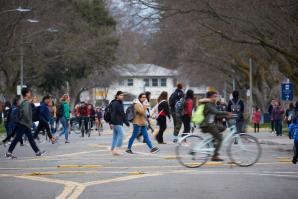
Onward & Outward
Surrounding cities capitalize off of UC Davis’ growth — and the City of Davis’ slow-growth mindset
UC Davis is a key asset in the Capital Region’s economic development. With the City of Davis’ slow-growth mindset thwarting developments designed to capture tech transfer, surrounding cities look to cash in.



